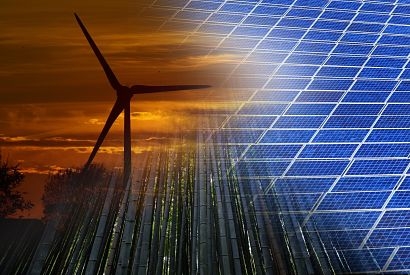
The easy-to-follow guide, produced by energy system researchers at the University of Strathclyde on behalf of the IET, is intended to help the public, policy makers and anyone invested in transitioning to a low-carbon future, understand the options and technologies available. The guide also gives a unique comparative analysis of a set of seven net zero pathways to uncover what our decarbonised energy system – both supply and demand – in 2050 is likely to look like.
“The transition to Net Zero will rely on people and technology” said Simon Edwards, Director of Governance and External Engagement at the IET. “It is vital that everyone has a good understanding of how technology can make that happen, what the options are and how they work. Technology enables us to dramatically reduce our dependence on fossil fuels by changing where our energy comes from and how we use it. However, there is a wide range of technologies that might be used and big decisions on the energy transition from policy makers still to come. This guide is intended to give the key facts, so everyone can become more informed about the decisions they make, as well as the pathways the UK Government and industry may take, to reach a low carbon future.”
Dr James Dixon, a post-doctoral researcher at the University of Strathclyde and lead author of the guide, added that all paths to Net Zero rely on substantial changes in technology and the way we use energy and that more optimism in what technology can achieve, and how cheaply it can do it, reduces – but never eliminates – the need to change how we do things.
“On the other hand, the more we can bring down our energy demand, the less we are dependent on technological innovation” Mr Dixon said. “In other words, it de-risks the transition”.
The A-Z guide covers every main Net Zero energy technology from how energy can be produced from sustainable and renewable sources, how it can be used via low-carbon travel choices and how homes are heated.
For additional information:

